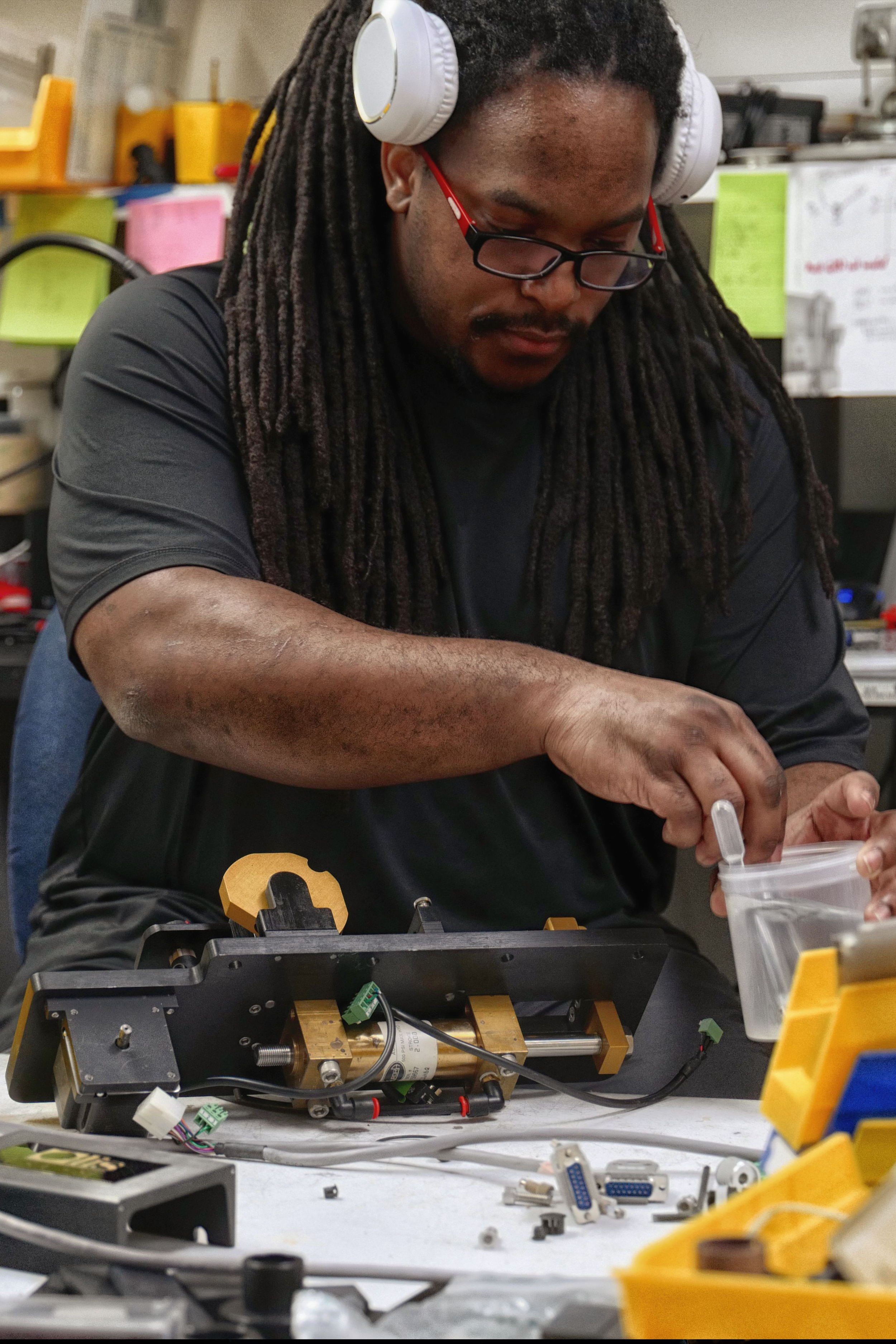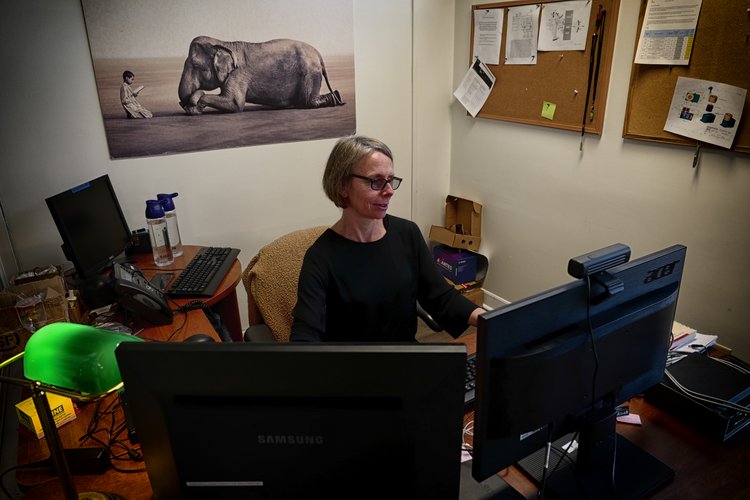Circular Dichroism Can Be Fun For Anyone
Facts About Uv/vis Revealed
Table of ContentsThe Best Strategy To Use For Circular DichroismSome Known Details About Circular Dichroism Uv/vis - An OverviewCircularly Polarized Luminescence Fundamentals ExplainedThe smart Trick of Circular Dichroism That Nobody is Talking About

Spectrophotometry is most commonly used to ultraviolet, noticeable, and infrared radiation, modern-day spectrophotometers can interrogate wide swaths of the electro-magnetic spectrum, consisting of x-ray, ultraviolet, noticeable, infrared, and/or microwave wavelengths. Spectrophotometry is a tool that depends upon the quantitative analysis of molecules depending on just how much light is taken in by colored compounds.
See This Report on Spectrophotometers
A spectrophotometer is typically utilized for the measurement of transmittance or reflectance of options, transparent or opaque solids, such as refined glass, or gases. Although numerous biochemicals are colored, as in, they soak up noticeable light and for that reason can be measured by colorimetric procedures, even colorless biochemicals can often be converted to colored compounds appropriate for chromogenic color-forming reactions to yield compounds appropriate for colorimetric analysis.: 65 Nevertheless, they can also be created to determine the diffusivity on any of the listed light ranges that normally cover around 2002500 nm using different controls and calibrations.
An example of an experiment in which spectrophotometry is utilized is the decision of the equilibrium constant of a service. A specific chemical reaction within a solution might occur in a forward and reverse instructions, where reactants form products and products break down into reactants. At some time, this chain reaction will reach a point of balance called an equilibrium point.
Not known Factual Statements About Uv/vis/nir
The quantity of light that travels through the option is indicative of the concentration of certain chemicals that do not permit light to go through. The absorption of light is because of the interaction of light with the electronic and vibrational modes of molecules. Each kind of molecule has an individual set of energy levels connected with the makeup of its chemical bonds and nuclei and thus will soak up light of particular wavelengths, or energies, resulting in special spectral homes.
The use of spectrophotometers covers different scientific fields, such as physics, products science, chemistry, biochemistry. circular dichroism, chemical engineering, and molecular biology. They are commonly used in numerous markets including semiconductors, laser and optical manufacturing, printing and forensic assessment, in addition to in laboratories for the research study of chemical compounds. Spectrophotometry is frequently used in measurements of enzyme activities, decisions of protein concentrations, decisions of enzymatic kinetic constants, and measurements of ligand binding reactions.: 65 Ultimately, a spectrophotometer has the ability to figure out, depending on the control or calibration, what compounds are present in a target and exactly just how much through estimations of observed wavelengths.
This would come as an option to the formerly produced spectrophotometers which were unable to soak up the ultraviolet correctly.
Uv/vis Fundamentals Explained
It would be discovered that this did not provide satisfying outcomes, for that reason in Model B, there was a shift from a glass to a quartz prism which permitted for much better absorbance results - UV/Vis/NIR (https://www.bark.com/en/us/company/olis-clarity/96z8l/). From there, Design C was born with an adjustment to the wavelength resolution which ended up having 3 units of it produced
It was produced from 1941 to 1976 where the cost for it in 1941 was US$723 (far-UV devices were a choice at additional expense). In the words of Nobel chemistry laureate Bruce Merrifield, it was "most likely the most essential instrument ever developed towards the advancement of bioscience." Once it ended up being terminated in 1976, Hewlett-Packard created the very first commercially offered diode-array spectrophotometer in 1979 called the HP 8450A. It irradiates the sample with polychromatic light which the sample takes in depending on its residential or commercial properties. It is transferred back by grating the photodiode range which finds the wavelength area of the spectrum. Ever since, the development and implementation of spectrophotometry gadgets has actually increased immensely and has actually turned into one of the most innovative instruments of our time.

Some Of Circularly Polarized Luminescence
Historically, spectrophotometers use a monochromator including a diffraction grating to produce the analytical spectrum. The grating can either be movable or fixed. If a single detector, such as a photomultiplier tube or photodiode is utilized, the grating can be scanned step-by-step (scanning spectrophotometer) so that the detector can determine the light strength at each wavelength (which will correspond to each "action").
In such systems, the grating is fixed and the intensity of each wavelength of light is measured by a different detector in the selection. When making transmission measurements, the spectrophotometer quantitatively compares the portion of light that passes through a reference solution and a test solution, then electronically compares the intensities of the two signals and computes the portion of transmission of the sample compared to the referral requirement.
